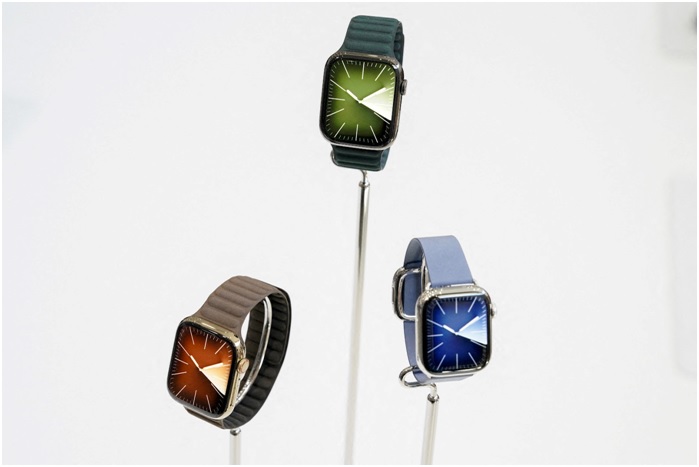Technology
Apple Removes Blood Oxygen Monitoring Feature from Flagship Watches Amid Ongoing Patent Dispute

Highlights
- Apple to disable blood oxygen monitoring on U.S. Apple Watch Series 9 and Ultra 2 models.
- Legal battle with Masimo over patents prompts the move.
- Analysts anticipated feature removal instead of withdrawing devices.
- Models without the feature available for sale starting 6 a.m. Pacific Time on Thursday.
- U.S. Court of Appeals ruling prevents Apple from selling contested models.
- Masimo secured a December decision from the ITC to halt imports.
- Apple strongly disagrees with ITC decision, seeks reversal.
- Existing Apple Watches and international sales unaffected.
- Legal battle expected to last about a year.
- Dispute revolves around accusations of patent infringement by both parties.
- Apple Watch contributes significantly to Apple’s overall wearables revenue.
- Ongoing case highlights complexities in the competitive smartwatch market.
In response to a recent ruling by the U.S. Court of Appeals for the Federal Circuit, Apple has announced its decision to disable the blood oxygen monitoring feature on two flagship Apple Watch models, the Series 9 and Ultra 2, sold in the United States. The move comes as Apple faces a legal battle with medical technology company Masimo over patents related to the technology behind the contested feature.
The legal dispute, which is anticipated to last around a year, prompted Apple to take the proactive step of removing the blood oxygen monitoring capability from the affected smartwatches. Analysts predicted this move, emphasizing Apple’s commitment to resolving patent issues and avoiding the removal of devices from one of its largest markets.
The affected models, without the blood oxygen feature, are set to go on sale on Apple’s website and in stores starting at 6 a.m. Pacific Time on Thursday. This decision follows a ruling by the U.S. International Trade Commission (ITC) in December, which temporarily halted imports of the devices and sparked the legal showdown with Masimo.
Masimo’s founder and CEO, Joe Kiani, welcomed the court ruling, stating that it reaffirms the importance of respecting intellectual rights and holding even the largest companies accountable for patent infringement.
Apple, however, expressed strong disagreement with the ITC decision and subsequent orders, calling for a reversal of the ruling. The company insists that existing Apple Watches and those sold outside the United States remain unaffected by the legal proceedings.
Ben Bajarin, CEO of analyst firm Creative Strategies, anticipated Apple’s decision to disable the blood oxygen feature rather than discontinuing the sale of the wearable devices. The Apple Watch, while generating smaller sales compared to the iPhone, plays a significant role in the company’s wearables sales segment, contributing substantially to its overall revenue.
The ITC’s import ban on the Series 9 and Ultra 2 Apple Watches briefly went into effect on December 26 but was lifted on December 27 while the Federal Circuit considered Apple’s request for a prolonged pause. Apple then resumed sales of the smartwatches later that day through various U.S. retailers, including Amazon, Best Buy, Costco, and Walmart.
The legal dispute centres around allegations by Masimo that Apple unlawfully acquired its pulse oximetry technology and hired away its employees to develop the blood oxygen monitoring feature for the Apple Watch. Apple, in turn, has countersued Masimo for patent infringement, characterizing Masimo’s legal actions as an attempt to clear the path for its own competing smartwatch.
As the appeals process unfolds, Apple will continue to navigate the legal challenges, emphasizing the significance of wearables, home, and accessory business, which includes the Apple Watch, in its overall revenue. The ongoing dispute highlights the complexities and competitive dynamics within the rapidly evolving smartwatch market.




















































